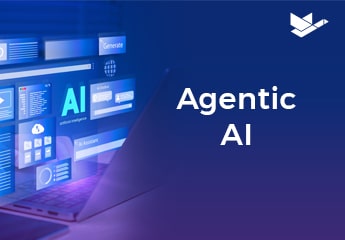Technology must work for all people, whatever their language, location, or ability. Critical and indeed often mandatory services like insurance clearly must be accessible to people regardless of their hearing, movement, sight, or cognitive ability.
However, when tools and applications are poorly designed, they can create barriers that exclude people from accessing insurance.
From captioned video explainers to use of keyboard controls instead of a mouse to navigate a platform, there are fairly simple adjustments and considerations that insurers should take into account to ensure that customers with disabilities don’t face any barriers to accessing their products and services.
Other examples include instructions posted as text descriptions and not just images so screen readers can be used for the blind or partially sighted, as well as resized / enlarged images and instructions still display clearly, contrast correctly and retain functionality.
Designing tools and services
With more and more customers buying insurance online, it’s important that insurers and their technology partners take social inclusion for people with disabilities as well as older and more vulnerable people into consideration when designing new tools and services.
As the Web Accessibility Initiative highlights, there is a clear business case for increased accessibility – with accessible websites having better search results, reduced maintenance costs, and increased audience reach, among other benefits. Accessibility also overlaps with other best practices such as mobile web design, device independence, multi-modal interaction, usability, design for older users, and search engine optimisation (SEO).
At the same time, having more accessible digital platforms also benefits people without disabilities – providing useful, clearly presented information for everyone to access in a variety of situations.
Insurance has a long way to go
Yet 60% of respondents to a 2021 global survey of insurance professionals said their business’ customer journey did not accommodate the typical digital barriers encountered by customers with disabilities.
To say this is a shocking statistic is an understatement, particularly given that insurance is legally required in many areas, not least motor and home insurance. This statistic alone points to the fact that there is a clear need for insurance businesses to take further steps to address inclusivity and accessibility challenges faced by insurance buyers.
Here is a selection of comments from respondents to the survey:
“Many in the industry lack the basics, and have very low function legacy platforms.”
– North American insurance consultant“Not all at the moment, but most. We are working to make sure all customer facing tools meet that objective.”
– VP of carrier relations at North American technology provider to MGAs“Voice commands with AI assistance.”
– CEO at LATAM insurtech
The good news is that awareness is increasing across the industry about the need to make fully digitally inclusive products available to all their customers, and many insurers have accessibility and inclusivity on their development horizon.
Duck Creek has an inclusive design philosophy, and is focused on working with insurers to improve the user experience of someone with a limiting condition, such as hearing or visual impairment, and creating the conditions necessary for inclusivity.
Further information:
Why is inclusivity important for insurers?
How can insurers lower barriers to access for those with mental health challenges?
Why are changing demographics important for insurers?





